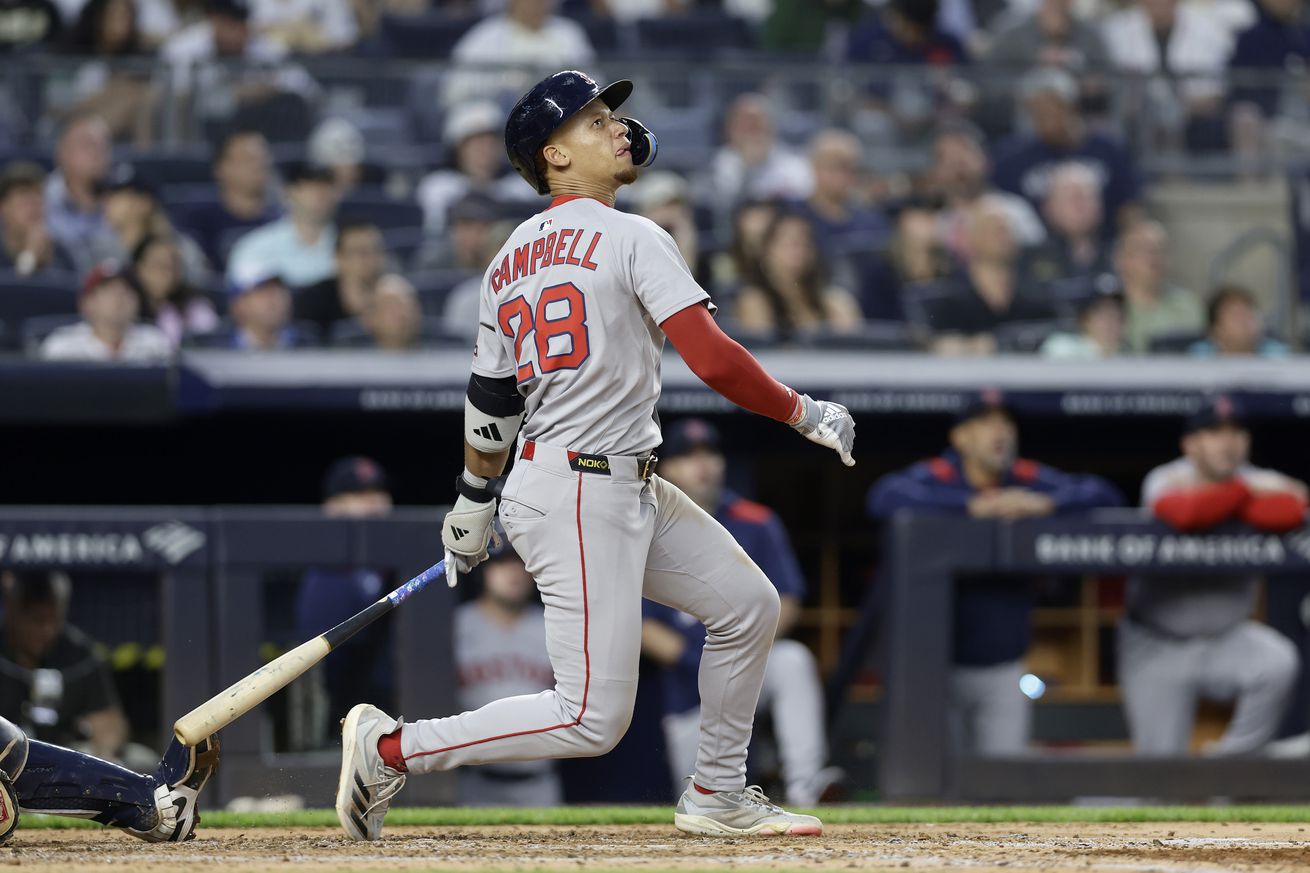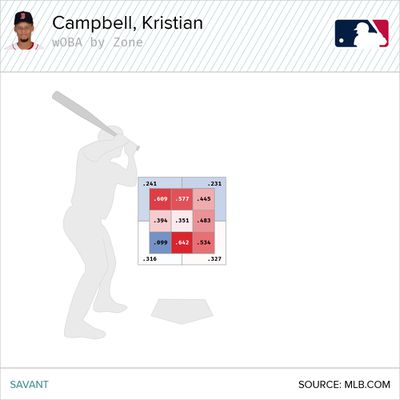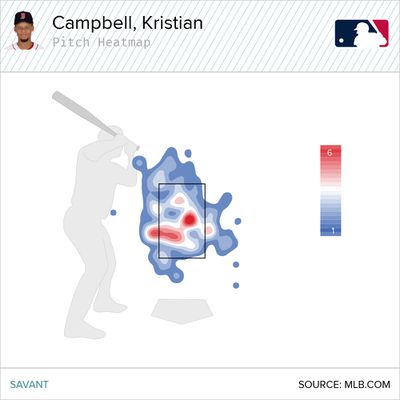
The league adjusted to him. He’s adjuting back.
Development isn’t linear. Real life isn’t MLB The Show, where you gain experience and level up your skills. (Is that still how it works? I haven’t played in probably four years, maybe even longer.) In real life, young players go through ups and downs. What you see when a prospect arrives in the majors isn’t always what you get.
Take, for example, Kristian Campbell. After his first game at the major league level, certain radio hosts (who definitely don’t stir up drama on purpose) were calling for him to be sent back to the minors. Two days later, he hit his first career home run and went on to win the American League Rookie of the Month.
Campbell hit .302 in April. He slugged .495. As I said, though, first impressions don’t always last. Campbell struggled through May, hitting .134 with a 30% strikeout rate. So what happened? Was he figured out? Injured? Is May Campbell here to stay? Let’s dig in.
In May, Campbell changed his approach, and pitchers changed how they approached Campbell. The rookie was much more aggressive at the plate in the second month of his career. His first pitch swing rate rose from 26% to 39%, which contributed to him going down in 0-1 in 58% of his plate appearances. Hitting while down in the count is difficult, and Campbell consistently found himself at the mercy of pitchers.
Pitchers adapted to Campbell as well. Here’s a look at his wOBA by zone in the first month of his career.

He feasted on pitches away from him, while struggling more with pitches over the inside part of the plate. Naturally, pitchers began attacking inside more. In April, the fastballs he saw from right-handed pitchers were primarily up, with some inside. When the “hole” in Campbell’s swing was identified, pitchers focused on that spot. Here’s a heatmap of right-handed fastballs Campbell saw in May.

This resulted in whiffs, foul balls, and weak contact. Campbell’s average launch angle against right-handed fastballs in April was eight degrees. In May, he declared war on the worms with an average launch angle of -9 degrees. Hitting the ball on the ground is rarely a recipe for success.
So where does Campbell go from here? Pitchers in the majors leagues don’t show mercy. If he can’t get to the inside fastball, he’ll continue to see them. If he starts punishing those pitches, pitchers will be forced to try a new plan of attack.
If I know it, the Red Sox and Campbell know it and are working on an adjustment, and we can already see that process in place. Although it’s a small sample, BaseballSavant’s batting stance visuals show that Campbell has moved back in the box slightly, as well as a little closer to the plate. He’s also opened his stance more. It’s too early to know if the change will allow him to better contact these inside pitches, but taking that weapon away from pitchers will go a long way in improving his performance at the plate. We’ve seen Campbell’s power on display when he can get his hands extended (see: Sunday night’s home run). If he can force pitchers to stop going inside, his bat should heat up again.